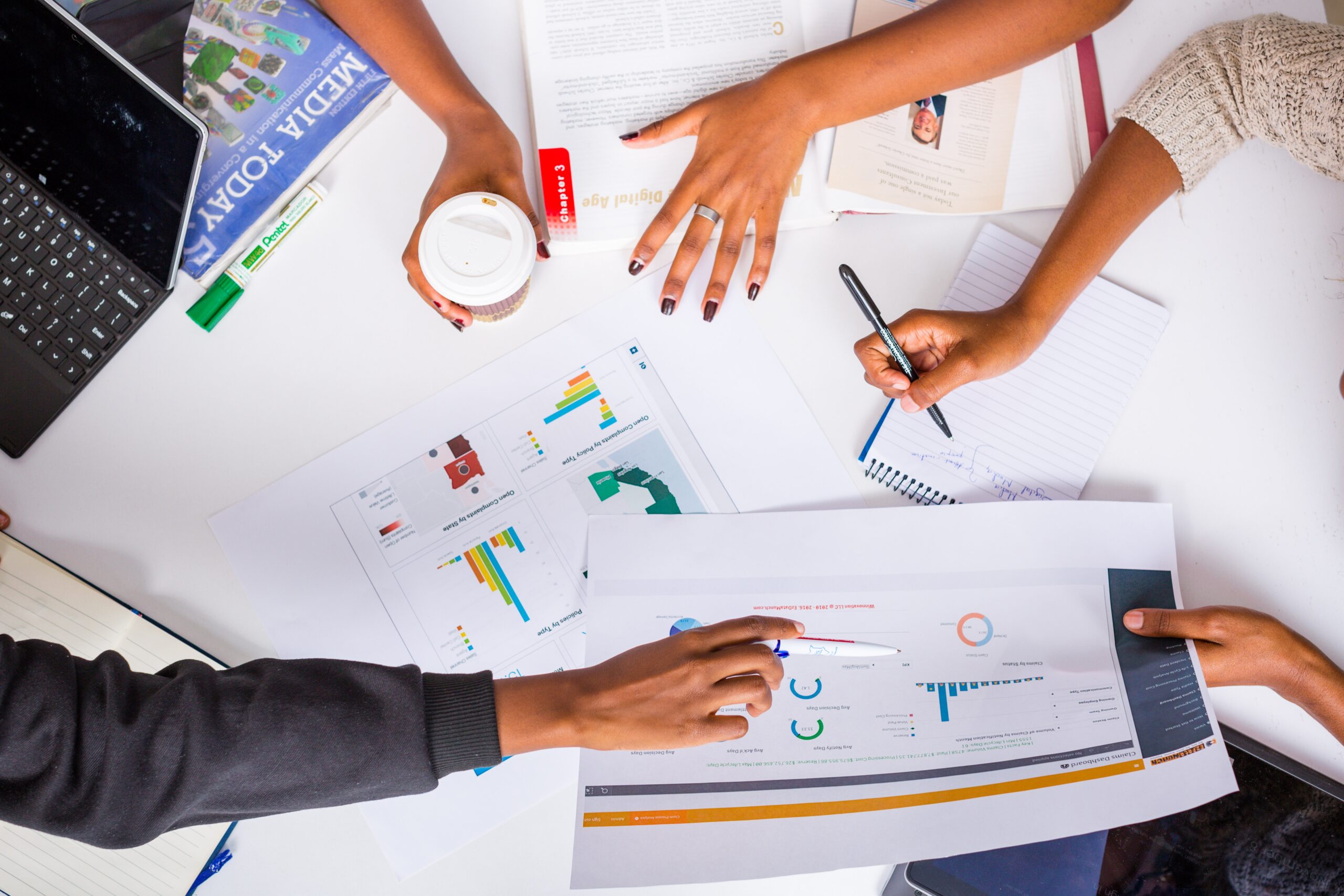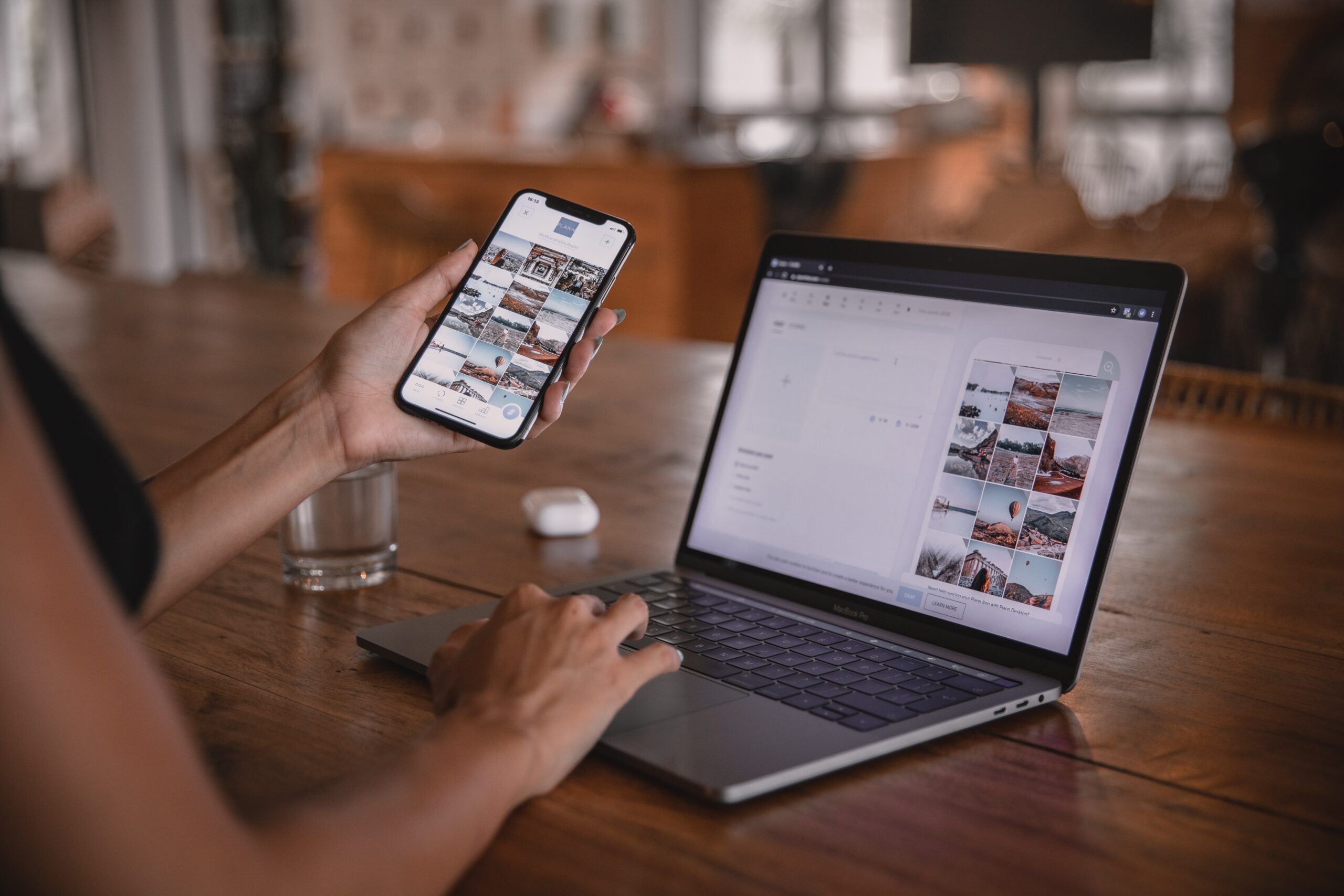
Graphic Design Basics

If you are starting out or you simply have the artistic skills, being your own graphic designer can save you money and a lot of frustration. If you know what you want and if you are quite pedantic, explaining your vision to a designer who doesn’t “get it” can be a hassle. By understanding a few basic design concepts, you can create branding that is unique to your personality and business.
Balance
Balance is an important aspect of graphic design. Every element of your design takes up space, which essentially needs to be balanced. Balance can be asymmetrical or symmetrical. According to graphic designer, Anahat Rawal; “Symmetrical balance is when the weight of the elements are evenly divided on either side of the design, whereas asymmetrical balance uses scale, contrast, and colour to achieve the flow in design”.
Alignment
Ideally, you want the viewer’s eye to be guided to a specific place in your design. This may be a call to action in some shape or form. A design with good alignment will seamlessly lead the viewer’s eye over the design in a pleasing way. Karin Harvey explains; “Having a strong point of alignment within design allows our eyes to seamlessly flow through the visual message. Aligning elements with one another so that every item has a visual connection with something else on the page, tightens a design and eliminates the haphazard, messy effect which comes from the random placement of elements”.
Colour
Colour is a powerful way to take a design from drab to fab. In design you need to respond to a design in three ways: yes, no or wow! Wow is what you should always aim for. Brush up on some colour theory, and you will have a good, basic understanding of how to successfully use colour in your designs. Take inspiration from nature, fashion and the special places you visit from time to time. Designers say that the colours you choose for your designs are crucial not only to your overall aesthetic but to how well your designs connect with your audience.
Typography
The fonts you use in your design are another important design element. The fonts you choose should be aesthetically aligned with all the other elements mentioned above. This is what your audience is going to read, and besides being legible it also needs to pull your reader in. Deanna deBara says “typography covers everything from font selection to font layout. Not only does it communicate your core message, but it also communicates a lot about who you are and what you’re about. That’s why it’s important to get it right. You’ve got to understand the basics of typography. But you also need to understand how to use them creatively”.
Not sure where to start? We absolutely love PicMonkey – give it a try!






